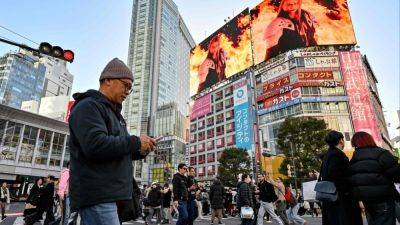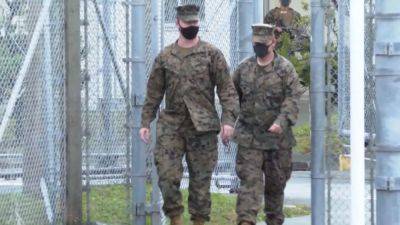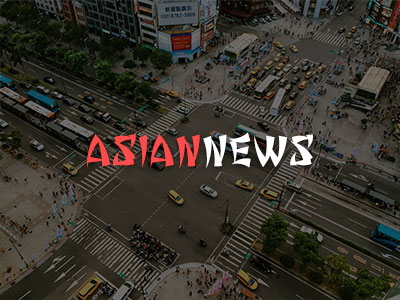As Japan pledges more aid for Ukraine, is Tokyo turning into ‘ATM’ for a war-torn nation?
The sense among some, analysts say, is that Ukraine is geographically distant from Japan and that the problem should be handled by European nations.
At least 20 collaborative agreements are expected to come out of the conference, including a 10 billion yen plan for a telemedicine network across the country as soon as peace can be assured.
Japan has identified seven priority areas of help, including the energy sector, improvements in humanitarian conditions and investment in agriculture development.
Heavy engineering firm IHI – one of around 50 private sector companies set to attend the conference – plans to offer temporary bridges that are easy to assemble and will replace spans knocked out in the fighting. The company also plans to establish a manufacturing facility in neighbouring Romania and transport the components to Ukraine for final assembly.
Japan is also helping to fund the creation of a new department at Igor Sikorsky Kyiv Polytechnic Institute to teach the safe location and removal of landmines.
“It is important for both the public and private sectors to work as one to provide support through an all-Japan approach, involving small and medium-sized enterprises and start-ups, to say nothing of large enterprises.”
Japan has provided anti-mine technology, medical equipment, helmets, body armour and other non-lethal military equipment to Ukraine. And despite pressure earlier in the conflict to provide weapons to Kyiv, Kishida has made it clear that the terms of the constitution make it impossible to provide lethal equipment.
Ukraine has nevertheless welcomed Japan’s initiative, with Prime Minister Denys Shmyhal telling Kyodo News on Saturday that his country is “interested in comprehensive cooperation with Japanese







